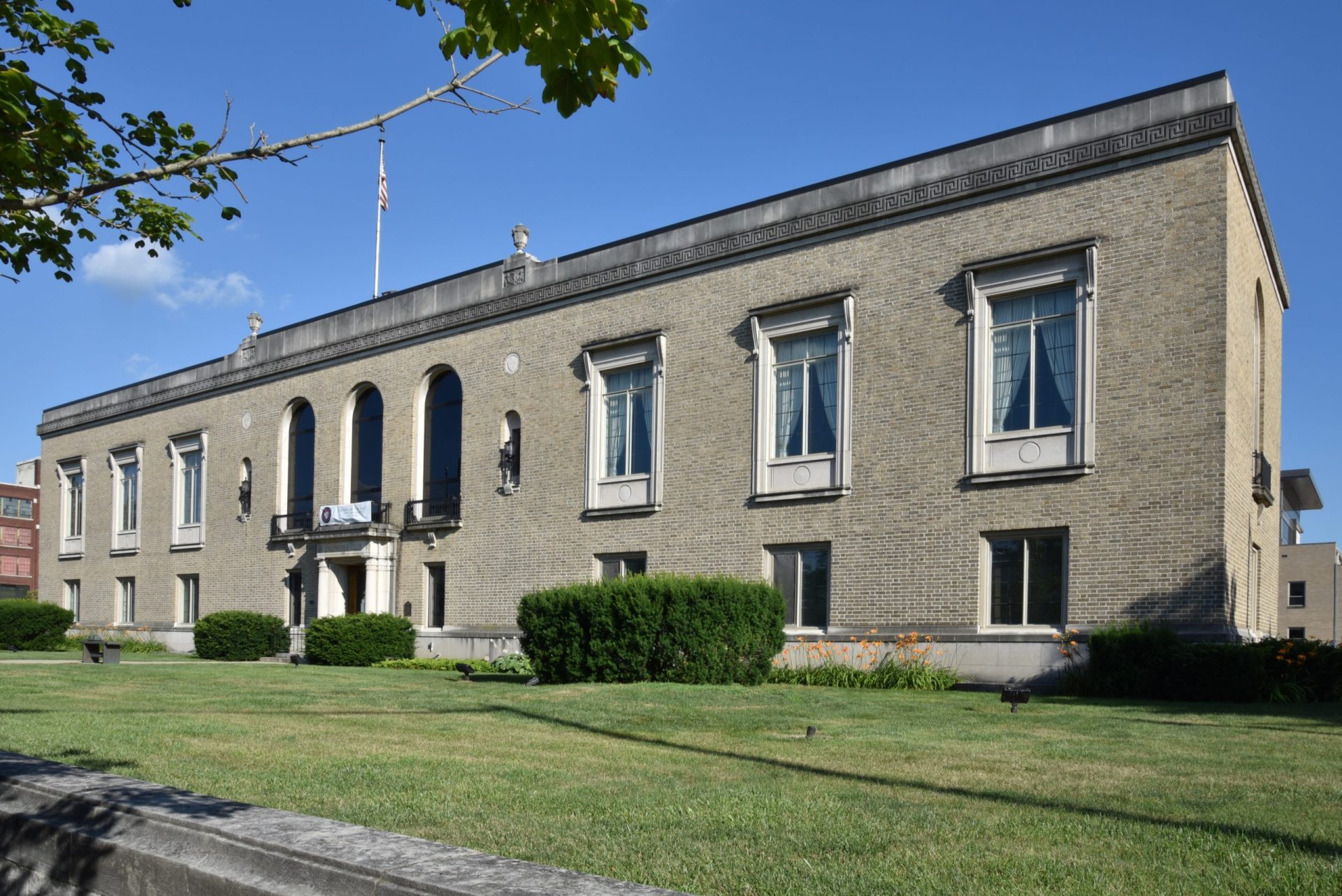Developer of Specialized High-Frequency Wave Transmission Technologies for Military Applications
Mr. Decker’s contributions to technology and society have been over a 50 year period and have been in the application of electrical signal technology. This application has varied from using signal technology for surveillance during the Cold War period to having a major impact on the design of new U.S. Naval vessels to minimize radar reflections. He has also created an educational teaching tool kit for teaching the principals of wave technology to school students which has been used in many educational institutions.
His contributions to technology started with his design of phased-helical antenna systems in 1955 while he was an employee of RCA in Japan. Eighteen of these antenna systems were used by the Air Force, worldwide, for information gathering. His discovery and use of the E layer reflection of high frequency signals was a significant contribution to over-the-horizon surveillance technology. In 1958 Mr. Decker returned to the United States and started working for Wright Patterson Air Force Base.
The most visible result of Mr. Decker’s work is in the re-design of current U.S. Navy vessels. These U.S. Navy vessels, such as the Littoral Combat Ship (LCS) and a recent class of destroyers, are designed to minimize radar reflections. This minimization is a direct result of the development and testing of the Pop-Up-Decoy (US Patent No. 5,179,382). This has changed the state of the art in the field of navy vessel design.
Mr. Decker’s contributions to technology and society have been over a 50 year period and have been in the application of electrical signal technology. This application has varied from using signal technology for surveillance during the Cold War period to having a major impact on the design of new U.S. Naval vessels to minimize radar reflections. He has also created an educational teaching tool kit for teaching the principals of wave technology to school students which has been used in many educational institutions.
His contributions to technology started with his design of phased-helical antenna systems in 1955 while he was an employee of RCA in Japan. Eighteen of these antenna systems were used by the Air Force, worldwide, for information gathering. His discovery and use of the E layer reflection of high frequency signals was a significant contribution to over-the-horizon surveillance technology. In 1958 Mr. Decker returned to the United States and started working for Wright Patterson Air Force Base.
The most visible result of Mr. Decker’s work is in the re-design of current U.S. Navy vessels. These U.S. Navy vessels, such as the Littoral Combat Ship (LCS) and a recent class of destroyers, are designed to minimize radar reflections. This minimization is a direct result of the development and testing of the Pop-Up-Decoy (US Patent No. 5,179,382). This has changed the state of the art in the field of navy vessel design.

